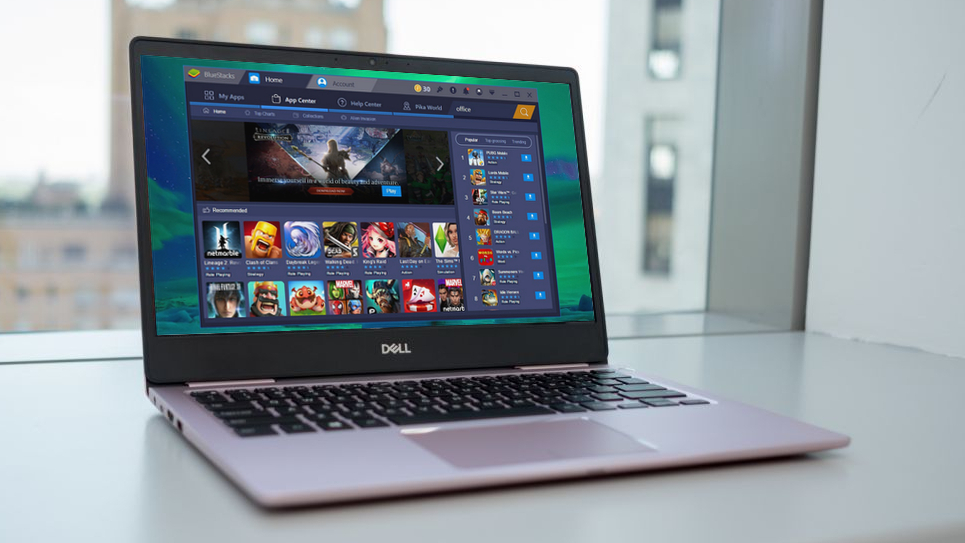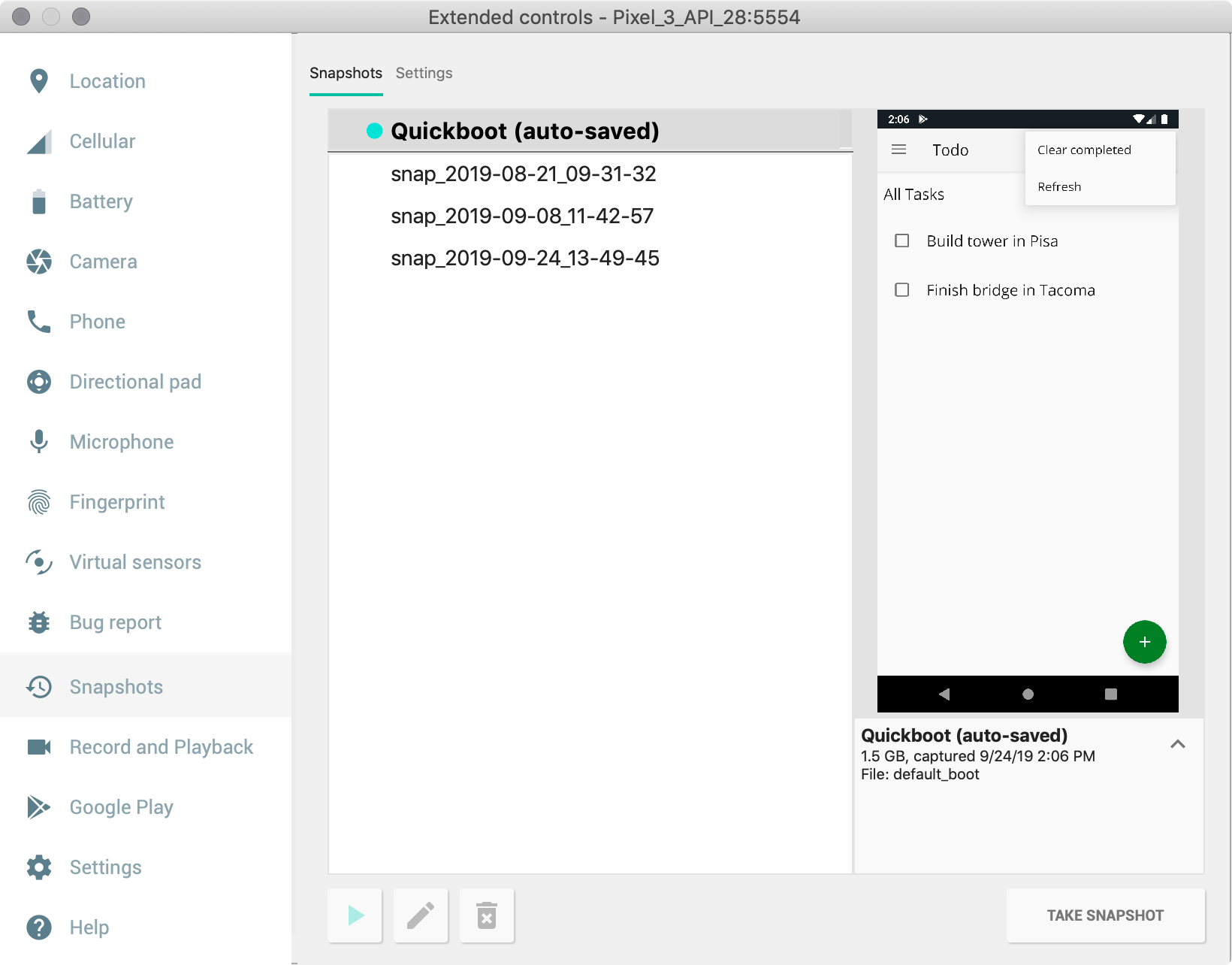

- #Android emulator path in mac how to#
- #Android emulator path in mac install#
- #Android emulator path in mac android#
- #Android emulator path in mac download#
This will take a few times to download the required files.
#Android emulator path in mac install#
Step 8: Choose an appropriate name for your emulator and then click on the INSTALL button. Step 7: Now search your favorite virtual device name and click on the device name and at last click on the NEXT button as shown in the below image. Step 6: Now click on the ‘ pink +‘ screen as shown in the below image.
#Android emulator path in mac android#
Then a screen will arise as in the below image and you can locate your Android SDK path. To know the Android SDK path open your Android Studio and click on the Tools > SDK Manager as shown in the below image.
#Android emulator path in mac how to#
How to know the Android SDK path in your system? And there is nothing to do with other widgets.

Step 5: Then go to ADB and choose “ Use custom Android SDK tools” and select your Android SDK path as shown in the below image. Step 4: Now click on the Genymotion and go to the Settings as shown in the below image. Note: If a pop-up will arise on the screen then click on the Personal Use button. After opening Genymotion sign in yourself with your ID and password. Step 3: Once the download is completed install the Genymotion in your system and open Genymotion. If you are using macOS or Linux then scroll below on that page and get your file. If you have already installed VirtualBox on your system then go for the 2nd button and if not then go for the 1st button as shown in the below image. Step 2: In the next step click on the button as your requirement. Note: Please sign in yourself to Genymotion if you have already not an account on Genymotion.
How to change the color of Action Bar in an Android App?Ĭlick here to head to a guide uniquely curated by our experts with the aim to make you industry ready in no time!. MVVM (Model View ViewModel) Architecture Pattern in Android. How to Change the Background Color of Button in Android using ColorStateList?. Different ways to declare variable as constant in C and C++. Internal Linkage and External Linkage in C. How Linkers Resolve Global Symbols Defined at Multiple Places?. How are variables scoped in C – Static or Dynamic?. Compiling a C program:- Behind the Scenes. Interesting Facts about Macros and Preprocessors in C. Difference between #define and const in C?. How to Install Genymotion Emulator and Add it’s Plugin to Android Studio?. ISRO CS Syllabus for Scientist/Engineer Exam. ISRO CS Original Papers and Official Keys. GATE CS Original Papers and Official Keys. Also you should use Screenshots to speed up the boot time. You can screw around with hardware acceleration if you want it to move a bit faster. It will take quite a while for the emulator to start, especially on the newer Android builds. You should get output like this: Created AVD 'Nexus_7' based on Android 4.3, ARM (armeabi-v7a) processor, android create avd -n "Nexus_7" -t 3įor simplicity, when it prompts you to create custom hardware specs, just enter (or enter no then press enter). You will get an output of all of your available targets, here is the one I will use: id: 3 or "android-18" Step 1: determine your target: /.android list targets tools directory of your SDK.įor this example I will be creating an AVD named "Nexus_7". Make sure you have the SDK installed and you are in the. Open up a terminal and follow these steps. This will be the profile of the device you will be emulating. First things first you need to create an Android Virtual Device (AVD). Ok so it looks like you are not trying to run it properly.






 0 kommentar(er)
0 kommentar(er)
